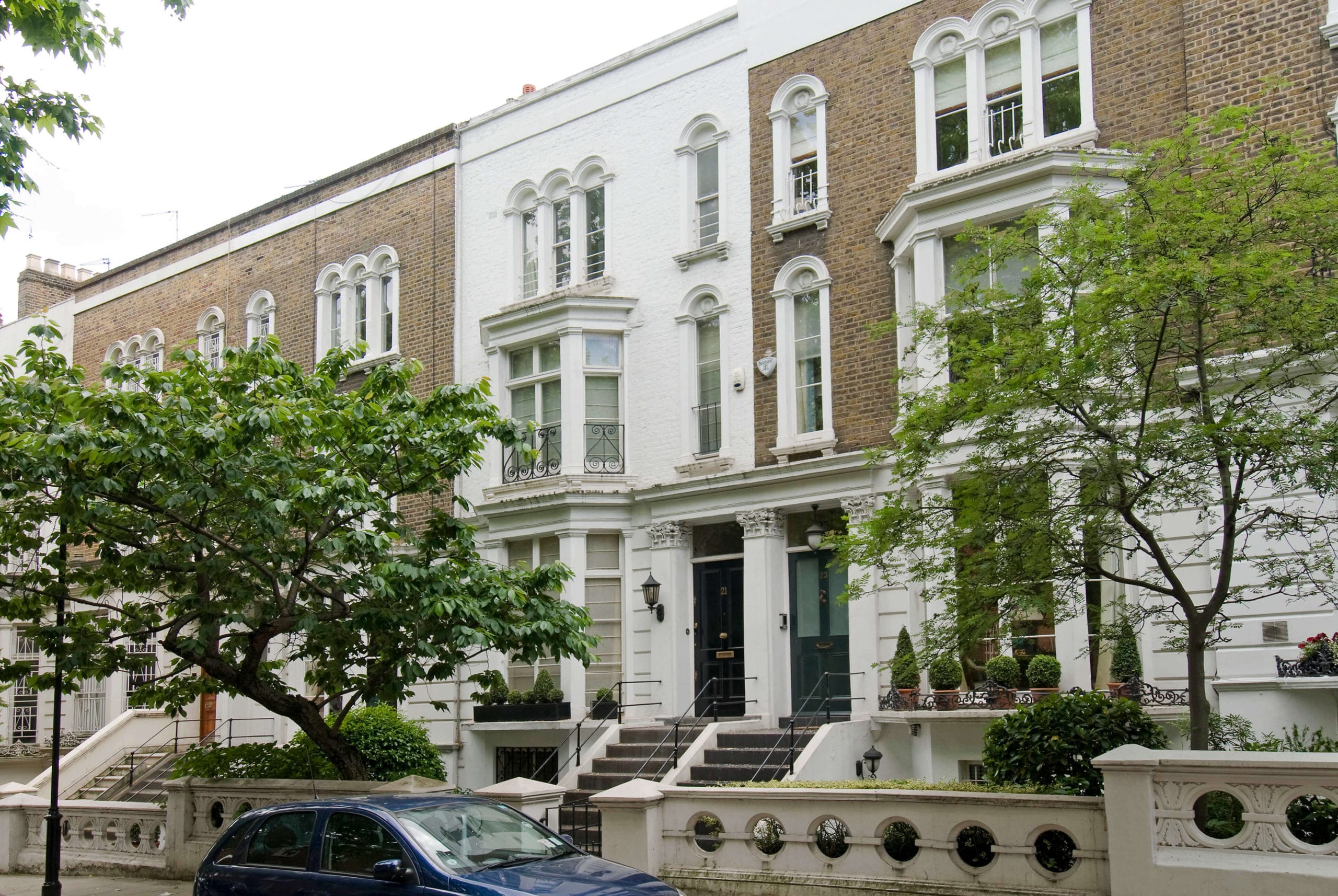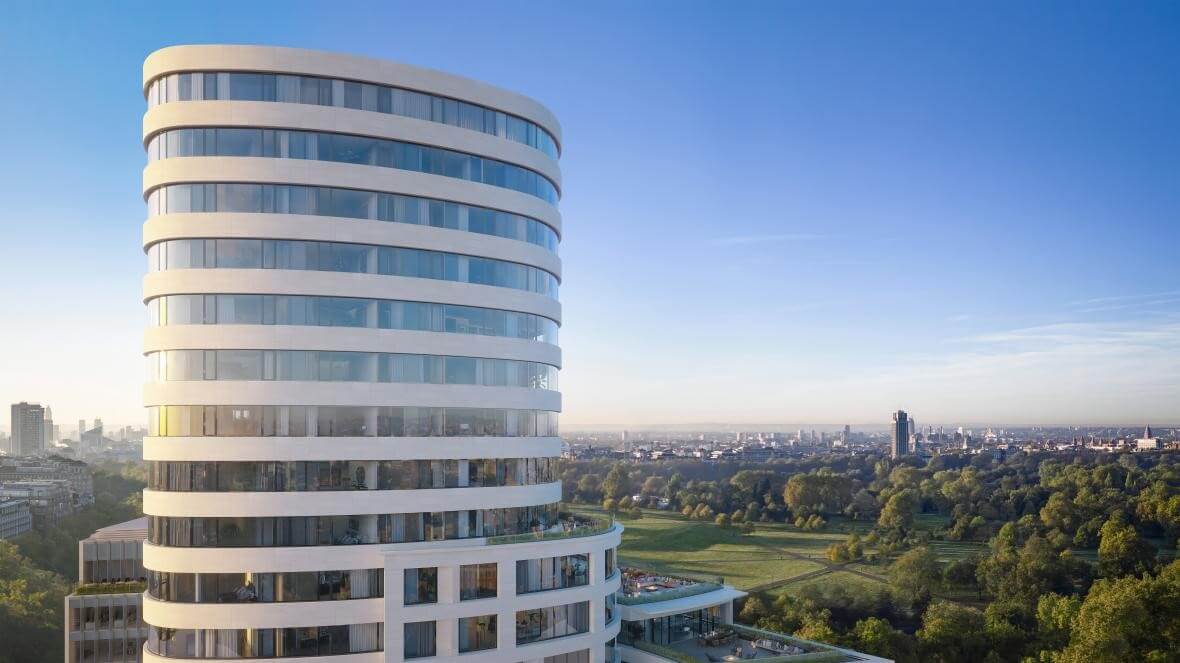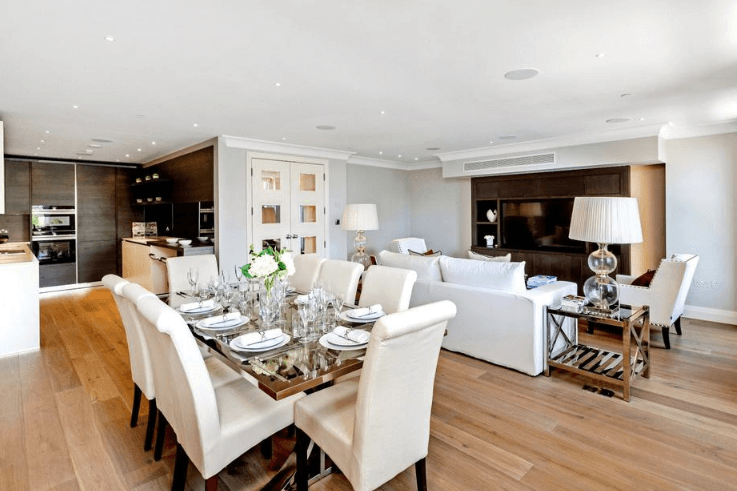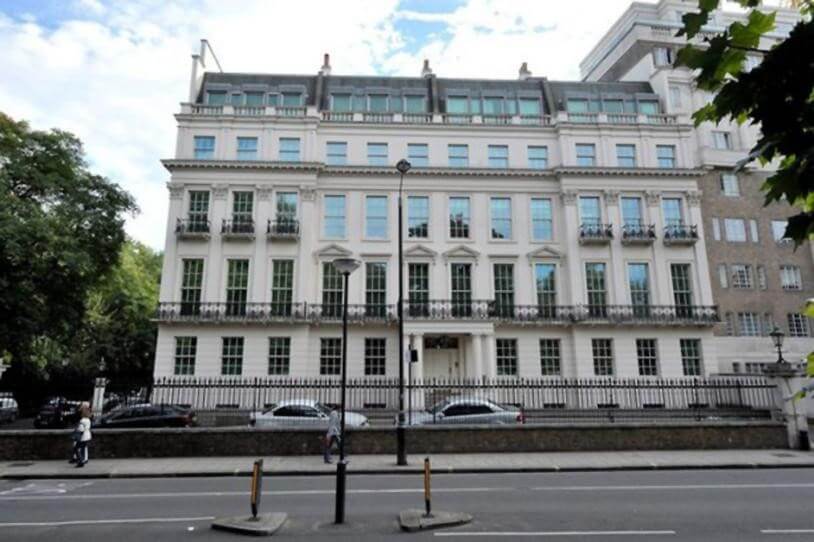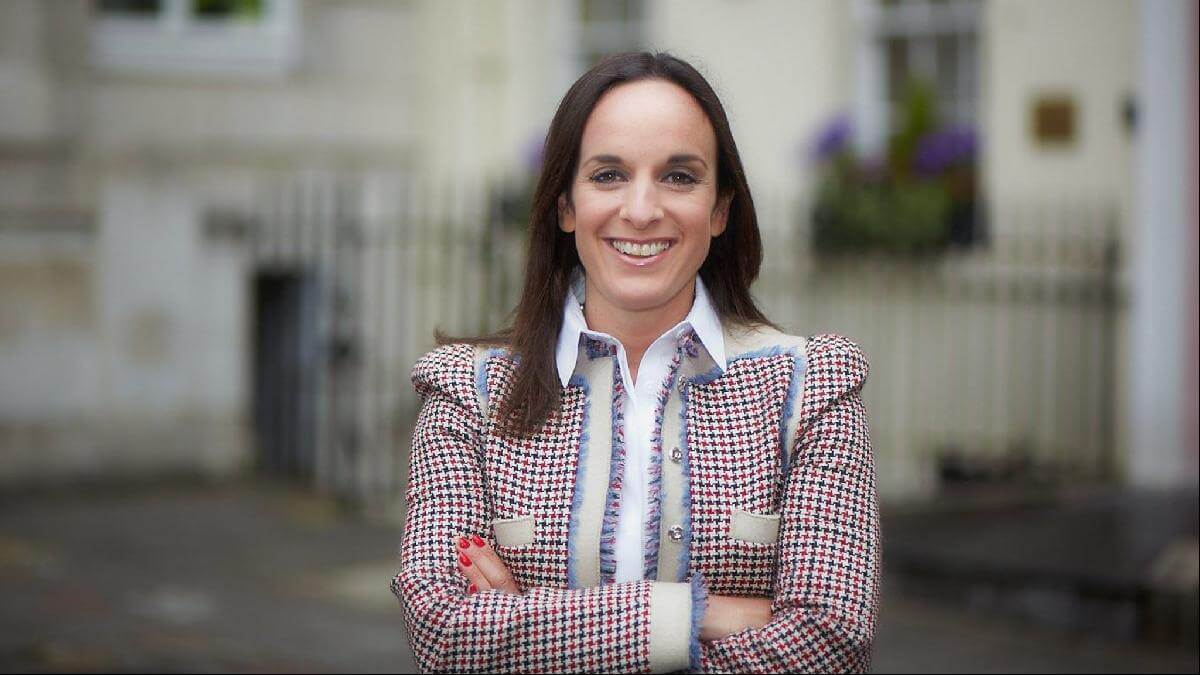By Matthew Lane
International investors make up a big chunk of Britain’s second home market, especially in London. Many of these investors hail from the Far East, but how is this Asian demand for property holding up during the coronavirus crisis? Has it even increased in spite of Covid-19 thanks to the capital’s long-established safe haven status?
Here, Property Investor Today checks in with a number of industry experts to find out more.
Conditions remain good for buyers
Caspar Harvard-Walls, partner at leading buying agency Black Brick, says the likely quarantine rules which will see anyone coming into the country needing to isolate for 14 days ‘will, of course, have a very significant impact on the numbers of international buyers coming to the UK in the coming weeks’.
However, he doesn’t believe it will affect those buyers who are thinking of purchasing off-plan. “The combination of a weak pound, motivated developers and an Asian market keen to diversify, may well lead to a surge in the number of Asian buyers looking to invest into UK property,” he adds.
“As the political situation in Hong Kong worsened towards the end of 2019, we saw a significant amount of new clients from that region looking to purchase property in the UK, to ensure that they had a plan if the instability continued,” Harvard-Walls continues.
“Whilst Covid-19 has naturally taken pre-eminence in everyone’s minds over the last few months, it does not mean that the situation in Hong Kong is any better than it was six months ago.”
Once lockdown is eased, Harvard-Walls says it will be very interesting to see whether the protests against Chinese interference restart and, if they do, he says we should expect a wave of Hong Kong dollars being spent on UK property.
Pantazis Therianos, chief executive at real estate investment company Euroterra Capital, which has a particular interest in Prime Central London, says his firm has definitely seen an influx of interest from Asian investors.
“In fact, most of our best offers have come from Asia,” he claims. “There are several factors at play; one of which has to be the current currency exchange rate, and having property which appeals to this audience’s priorities.”
He said Euroterra Capital is known as ‘London’s premier garden square property developer’ with all of its properties sitting close to the capital’s prestigious Royal Parks.
“We are seeing the need for outside space and gardens become increasingly important post-Covid-19,” Therianos adds. “But there is also that fact that the UK offers world-class education opportunities, when [investors are] thinking long-term for their children.”
He concludes: “Generally international investors are after a good deal, and the UK is one of those places for Asian investors, as is the USA, Spain and Italy, for example.”
No increase, but still active
According to Simon Barry, head of new developments at Harrods Estates, there has been no increase in the number of Asian investors.
However, ‘Asian investors have continued to be active in terms of enquiries, offers and interest’, making them the largest single group by region over the past three months.
“Anecdotally, Asian clients have told us that their cultures are more adapted to outbreaks of flu-related diseases and familiar with the precautions needed to halt their spread,” Barry says. “We were surprised when Asian clients were warning us at the beginning of March of the severity of Covid-19, but equally they seem to be more optimistic about the ability of our economies to recover.”
He adds: “We also hear that economic slowdown in China and its knock-on effect through South East Asia is a contributing factor in diverting private investment away from the region.”
Barry says Harrods Estates, which is part of the Harrods Group and has been going strong since 1897, has spoken to several Chinese students – investors and tenants – recently. All of them, he says, assume courses will resume in September and are committed to returning to London.
“Again, they seem to have more confidence in the UK’s ability to contain the virus than many of our own commentators.”
Mimi Capas, head of sales for Aspen at Consort Place, a Far East Consortium (FEC) development, is currently operating out of Hong Kong – so is uniquely well-placed to offer an insight into how the Asian market views London and the UK at present.
“From my position, working in the Hong Kong office of FEC, it’s back to business for many Asian clients. There are a few day-to-day changes such as the way restaurants, coffee shops and cafes are limiting numbers, and Karaoke bars remain closed, but the Asian market has experienced similar viruses before, such as SARS, so there is a pragmatic view regarding economic recovery and a desire to move forward.”
She says that many are still focussed on having investments in Europe, with the UK capital remaining a particularly hot destination.
“London is still seen as a great place to educate children and right now the currency exchange rate is attractive for placing deposits on off-plan new developments such as FEC’s flagship project, Aspen at Consort Place in Canary Wharf.”
She adds, in respect to Aspen at Consort Place, that many Asian buyers ‘get’ Canary Wharf and the way that the district is organised with inter-connecting malls and offices, well-maintained modern apartments in close proximity to each other, and landscaped gardens.
“This translates very clearly with the way that cities such as Hong Kong are organised so there is a familiar appeal,” she concludes.
Property that provides luxury and prestige
Domenica Di Lieto, chief executive of Chinese marketing consultancy Emerging Communications, says for developers and agents pursuing the rising number of residential property buyers from China, it is important to target sales prospects based on what they want to buy.
“At top of the price ladder are the premium and super-premium buyers, who spend typically between £3 million to £5 million, but often much more,” she explains.
These buyers, she adds, are looking for asset diversification – but just as importantly, they want property that provides luxury lifestyle and prestige.
“They may live in the UK, be planning to move or retire here, but properties bought by this demographic are used mainly as a second home, or a place to stay when on frequent business trips,” Di Lieto continues.
“Often a premium property will become home for children to live in full-time, or used for family holidays.”
Just below these premium investors are high net worth families that spend more than £1 million, but less than £3 million.
“They look to buy in London, or surrounding areas, and usually want a home for family use either full-time, or part-time,” Di Lieto says. “However, a substantial number fall into the category of dedicated investor, and it is important to note that all property bought with a view to being occupied personally or by family is also viewed as integral to building diversified investment.”
Next on the list in terms of property price, Di Lieto says, are the families of students and recent graduates studying or working in the UK. They typically seek property under £500,000, but there are notable exceptions to this figure.
“For example, Knight Frank created headlines when it sold a £5 million Centre Point flat to a family who wanted it for use by their daughter studying at University College London,” Di Lieto adds.
Families of students typically buy two-bedroom flats, with one being used by offspring studying at a nearby university, and the other rented out to help with costs.
Second rooms, though, are often kept free for use by visitors, which Chinese students receive from home several times a year. New-builds are preferred due to lower maintenance requirements, and they like flats because they are easier to manage compared to houses – important to owners living in China.
Student-related buys, Di Lieto continues, rarely include houses unless it is at the top end of the market, particularly above the £10 million price range.
The other major Chinese buying group are small-time investors and less sophisticated buyers looking for property that they may one day occupy. Equally, it must perform well as an investment vehicle.
“For these buyers, the top of the price range is usually around £400,000,” Di Lieto says. “Buying criteria is most frequently met in northern cities, particularly Manchester and Liverpool, which after London are the second and third most popular cities for Chinese buyers. Though this profile of buyer may reside at the lower end of the market, they often own several properties, and are frequently opportunists that will extend portfolios at short notice if they see the right opportunity.”
Di Lieto says that, while it’s helpful to understand the key property buying demographics from China, and what they look for, it is important to remember that like individuals everywhere, they are all different with different needs.
“The greatest success in selling to Chinese buyers comes from understanding what properties appeal to which audiences, and targeting them using applicable selling points,” she advises.
“China is the most sophisticated consumer society anywhere, and people are highly pampered in terms of service levels, and marketing communication to match. They do not expect any company from the West to mirror what they are used to at home, but they do expect those trying to sell to them to create dialogue that is relevant, and not part of a mass messaging process.”
